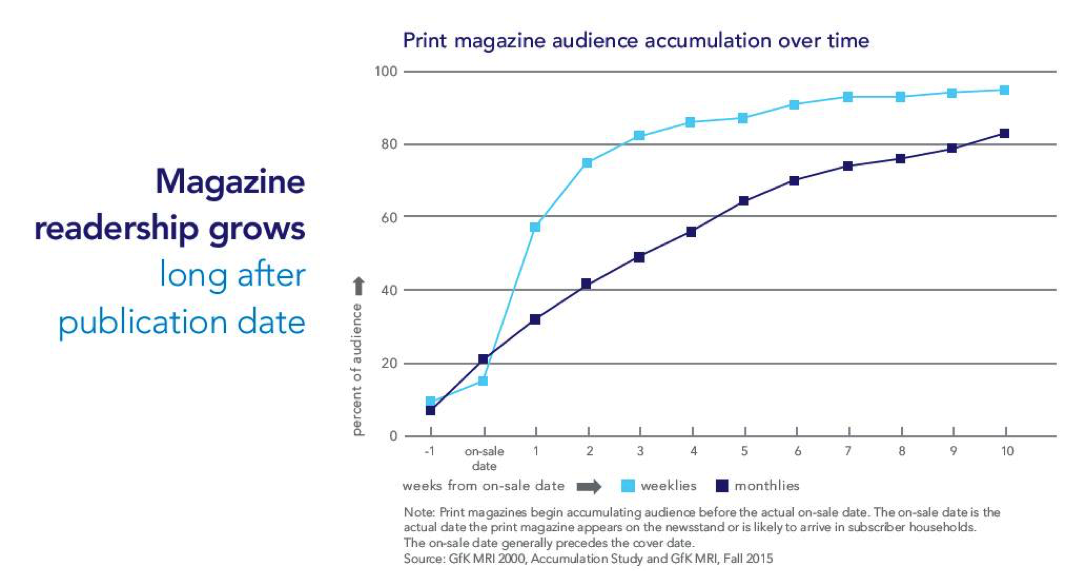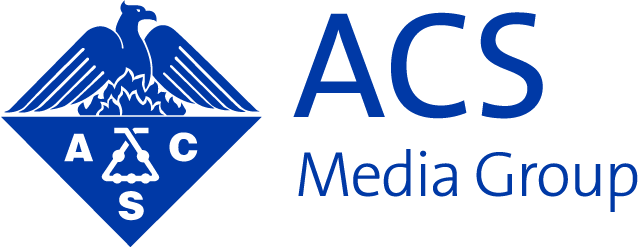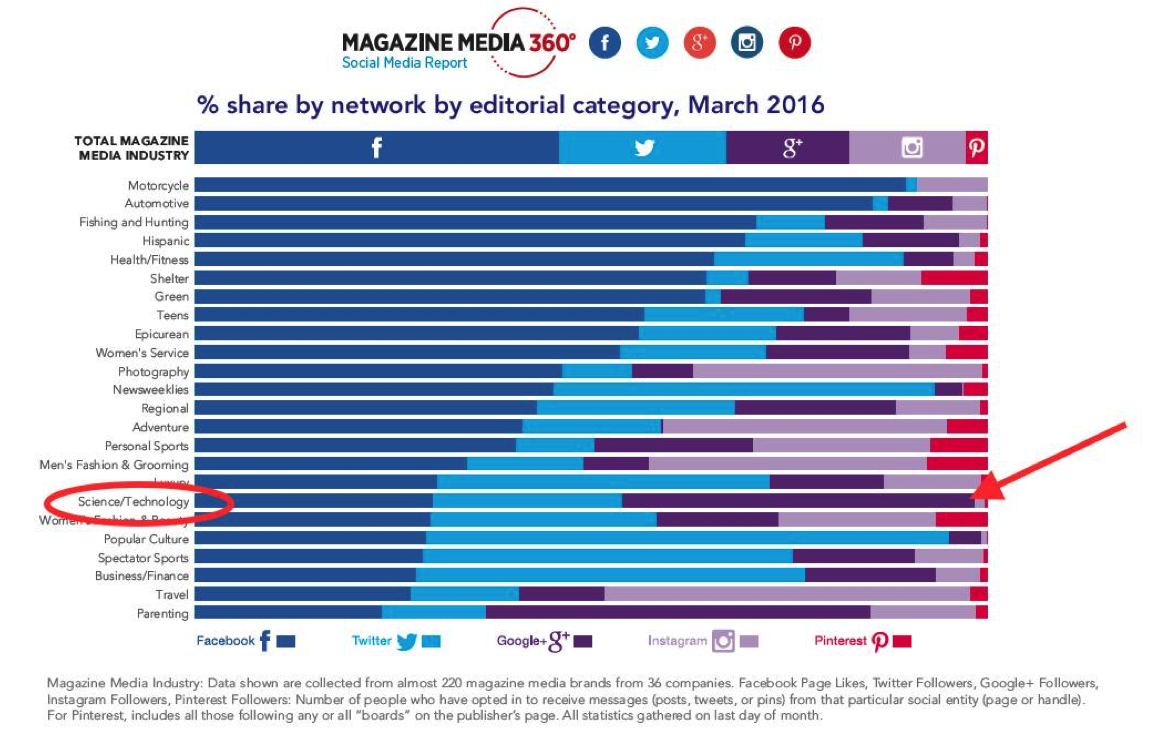With the meteoric takeover of digital media, there have been many pronouncements about the future of print. And many traditional print publications like newspapers and magazines have done what most strong businesses do during seismic industry shifts—they adapt to the changes. While many shifted to exclusively digital editions, others managed to continue offering both online and offline content. Most developed a highly engaging social media presence, and implemented pricing structures and product lines to help diversify revenue streams.
And according to a recent study, it seems to be paying off.
Consumers are re-discovering the value of tangible, turnable pages over other forms of media.
The Association of Magazine Media (MPA) released their annual Magazine Media Factbook for 2016/2017 year, containing a wealth of industry statistics from the magazine sector, which shows transitions not only from print to digital, but also now back to print. Consumers are re-discovering the value of tangible, turnable pages over other forms of media.
So we’ve taken the time and combed through the 92-page report to bring you some of the some of the most interesting highlights as they relate to the science industry.
Magazine industry overall statistics
Magazine audiences across industry sectors are showing growth.
1. The Magazine Media 360 Brand Audience Report shows 6.2 percent average performance growth of the magazine sector in 2015 (pg 7).
2. Specifically, the Science & Technology magazine sector saw an almost 12 percent audience increase with a noticeable uptick in mobile access and video viewership (pg. 15).
Magazine social media statistics
Invest in Facebook, maybe Instagram, and Google Plus?
1. Facebook is by far the social media platform of choice for the magazine industry, as well as the readers who engage with them on the platform (pg. 18).
2. However, Instagram is the fastest growing social network by percentage of likes and followers. In Q1 2016, it grew nearly 20 percent, followed by Twitter at nearly 10 percent (Facebook shares of the audience grew by 6 percent.) (pg. 19)
3. Interestingly the Science & Technology sector has one of the largest Google Plus audiences (pg. 20). See picture below.
Magazine readership and audience statistics
Magazine readers are loyal, wealthy, and quite social.
4. 90 percent of American adults have read a magazine in the last six months, either in print or digital format (pg. 25).
5. The number of magazine readers has steadily increased between 2012-2015 (pg. 28).
6. Print magazine audiences are more balanced across generations than other media, including internet, TV, radio and newspapers, attracting readers of all ages (pg. 33).
7. Households with income of $150K+ interact with magazines (combination of both print and digital) more often over newspapers, internet, radio, and television (pg. 35).
8. Magazine readership grows long after it’s on-sale or publication date, – weeklies even more than monthlies (pg. 27).

Ad statistics
9. According to the Nielsen Catalina Solutions Multi-Media Sales Effect Studies from 2004 – Q4 2015, magazines realize the highest return on advertising spend—more than display ads, mobile ads, and even video (pg. 36).
10. Several case studies indicate that magazine ads boost sales during campaigns. At very least, print advertising yields greater increases in brand awareness, brand favorability and purchase intent than online or television advertising (pgs. 37 & 38).
11. In fact, prolonged print advertising exposure boosts key branding metrics such as awareness, purchase intent and favorability and they vastly outrank television and online ads at increasing brand awareness (pg. 42).
12. Print has more impact per exposure than online and television combined! Print’s impact on purchase intent is especially strong at higher levels of exposure (pg. 43).
13. 61 percent of readers are inspired to take action after seeing a print magazine ad, and this holds true for different sizes or placements of the ad (pg. 47).
14. Print magazines are better at reaching affluent influential consumers than the internet, television, newspapers, or radio (pg. 48).
15. Print magazine readers are more influenced by brands and their advertisements. This could be because magazine media is found to be more trusted, inspiring and motivating than other media, specifically websites and television ads (pgs. 76-78).

Given the wealth of magazine statistics, it seems that not only are ads very much still worth it, but may be even more valuable than other mediums. At very least, magazine ads combined with other channels can undoubtedly boost marketing metrics to some very valuable audience segments (e.g. pages 30, 40 & 41). To explore more, you can download the full report here.



















